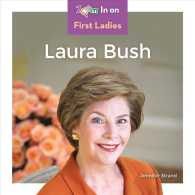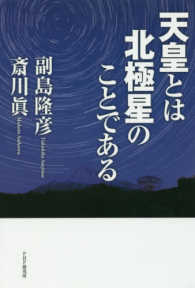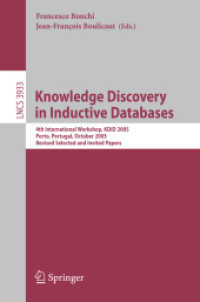Full Description
What is a cantata? How and why did Bach compose his cantatas? What did cantatas mean to Bach and what do they mean today? In Bach's Church Cantatas Ruth Tatlow addresses these questions through discussion of five of Bach's most beloved works enriched by newly researched insights that will intrigue both first-time and experienced listeners.
With the overarching theme of Glory from the Gallery, this guide starts by introducing Bach's aims for his church cantatas. It examines the devotional content, the theology, and the poetic form of the cantata texts to help the reader appreciate Bach's musical responses. By analysing his choice of voices and instruments, compositional construction, structural symmetries, and other features in the music, Tatlow asks what significance these held for Bach, and how understanding this can help the listener of his music today. The text is illustrated by numerous rarely seen images from seventeenth- and early eighteenth-century sources. The book ends by reimagining the cantatas and their glories from galleries for all creeds and cultures.
Written in an accessible style for both non-specialists and those already familiar with Bach, Bach's Church Cantatas uses new research and ways of listening to help us better understand and appreciate the variety of cantata styles and their relevance in the modern world beyond their original liturgical setting.
Contents
Series Editor's Foreword
Acknowledgments
1. Glory from the Gallery
2. Music for a Mühlhausen Occasion: 'Gottes Zeit ist die allerbeste Zeit'
3. Advent Music for Weimar and Leipzig: 'Nun komm der Heyden Heyland'
4. Music for Winter and Summer: 'Herz und Mund und That und Leben'
5. Pastoral Music for a Leipzig Springtime: 'Du Hirte Israel, höre'
6. Candlemas in Leipzig: 'Ich habe genung'
7. Glory from new Galleries: Reimagining Bach's Church Cantatas
Select Bibliography
Index







